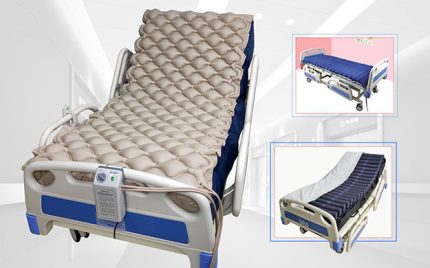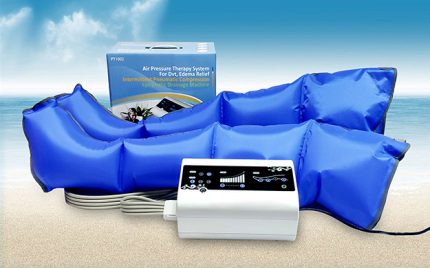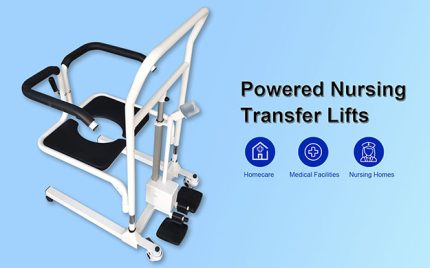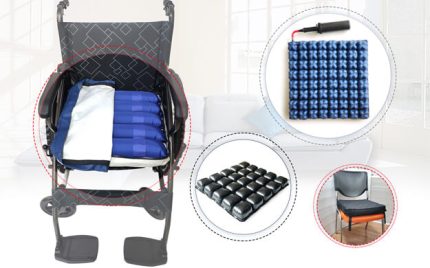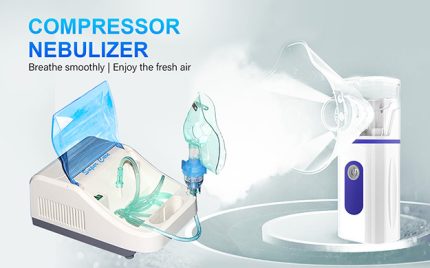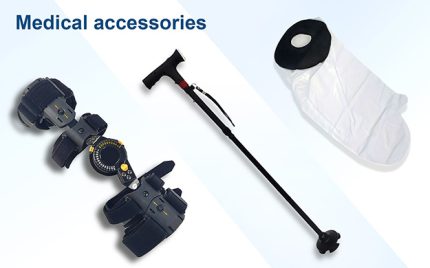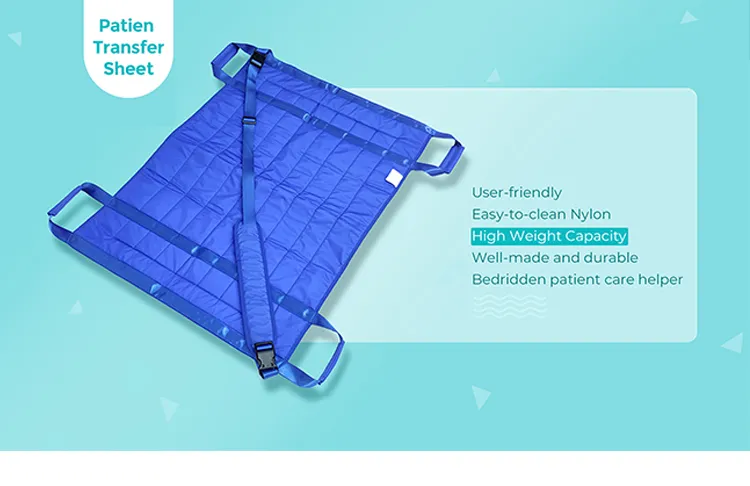Introduction
In the realm of healthcare, patient care transfer is a crucial yet often overlooked aspect. This task involves moving patients from one surface to another, such as from a bed to a stretcher or from a bed to a wheelchair. Successful patient transfer depends not only on intuitive actions but also on a profound understanding of each patient’s specific needs, coupled with strict adherence to evidence-based clinical guidelines. Maintaining care continuity during and after transfer is paramount in this process.
Common Scenarios in Patient Care Transfer
Patients receiving care in hospitals or other healthcare facilities often require transfer in diverse environments. This may include transfers within a facility or even between different institutions. Given the varied complexities of patients’ conditions, they may undergo care in multiple settings during and after hospitalization. Particularly for critically ill patients, improper patient transfer can lead to increased morbidity and mortality, necessitating careful consideration.
Clinical Guidelines and Safety Considerations
Before initiating patient care transfer, a range of safety issues should be considered to ensure the patient’s safety and comfort. These include:
- Maintaining proper hand hygiene
- Checking patient records/room for any additional preventive measures
- Introducing the team to the patient and confirming the patient’s identity
- Ensuring patient privacy
- Assessing ABCD (Airway, Breathing, Circulation, and Disability)
Cautions
During patient transfer, specific attention should be paid to key aspects:
- Avoid using the provider’s personal weight to lift the patient; encourage the patient to use their own strength whenever possible.
- Keep the provider close to the patient to evenly distribute the patient’s weight.
- Be cautious not to let the patient’s arms encircle the provider’s head to prevent accidents.
- In cases of communication barriers, it is preferable to use another person to demonstrate the transfer, followed by signaling the start of the transfer to the patient.
Transfer from Bed to Stretcher
- After completing the pre-transfer checklist, the transfer from bed to stretcher can be conducted following these steps:
- Determine the Required Staff: Typically, 3-4 providers are needed for the transfer from bed to stretcher.
- Explain Measures to the Patient: Including crossing hands in front of the chest, tucking in the chin, and obtaining necessary supplies.
- Prepare the Bed: Adjust the bed to a safe working height, lock the brakes, and position the patient on the side closest to the bed for transfer.
- Use a transfer pad: Place a transfer pad under the patient, ensuring it is at the center and the patient’s feet are in a straight position.
- Transfer to the Stretcher: Move the stretcher to the bedside, lock the stretcher brakes, and coordinate with the medical team for the transfer.
- Adjust Positions: Align the medical team, ensuring even distribution of the patient’s weight.
- Secure Transfer: Follow the team leader’s instructions for a safe transfer, ensuring patient fixation and comfort.

Patient care transfer is a critical yet often underestimated aspect of patient care. By adhering to clinical guidelines, safety considerations, and paying attention to specific cautions and considerations, we can ensure that patients receive proper care and safety during the transfer process. The outlined steps for transferring from bed to stretcher provide a systematic and efficient approach for the medical team, ensuring the patient’s comfort and safety during this critical procedure. In summary, patient care transfer is not merely a technical task but also a requirement for seamless coordination and professional operation within the healthcare team.

